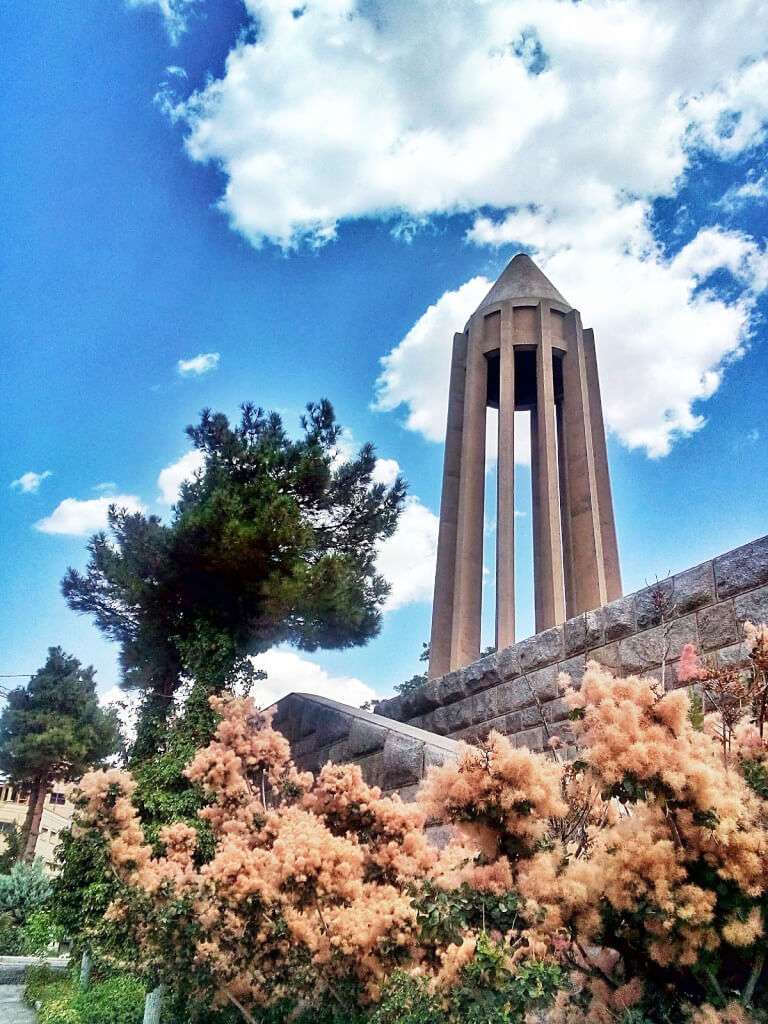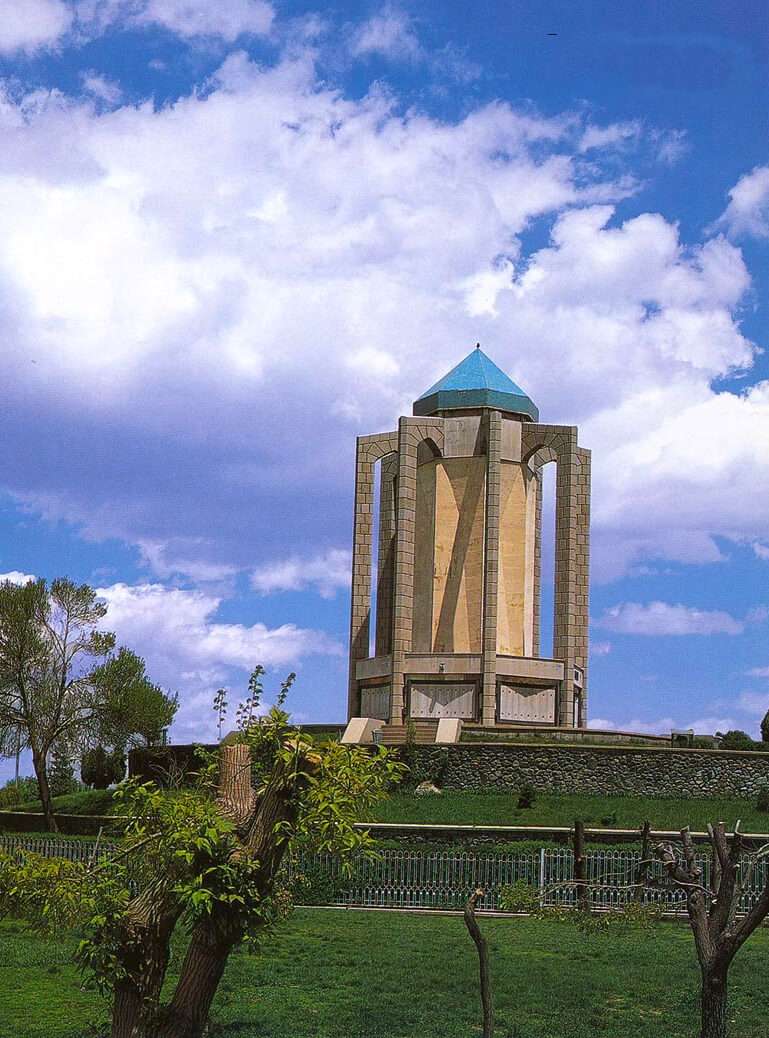Tourist Attractions & Activities in Hamadan
The history of Iran reaches deep down the line of civilization and the evidence lies right beneath the surface in a part of this land which today is called Hamadan. The official date of the city’s construction has been traced to the 8th century B.C. when Deioces, the leader of the Median dynasty, built Ekbatan as its capital city on a hill. Other references to the city have called it Ecbatana, Hegmataneh, and Amadana. The location of the city at the east of Alvand mountain, where the land is irrigated by abundant water, together with its being at the meeting place of roads connecting the east to the west, north to the south have made it suitable for the establishment of the capital. Later on, during the Aechemenid dynasty in the 5th century B.C. Ecbatana served as the summer capital which grew in culture and wealth thanks to the expansion of the Empire. Hamadan is characterized with cold winters and mild summers. Today, the city of Hamadan spans over an area of about 120 square kilometers structured in a circular shape, probably modeling after the concentric ramparts of Deioces.



